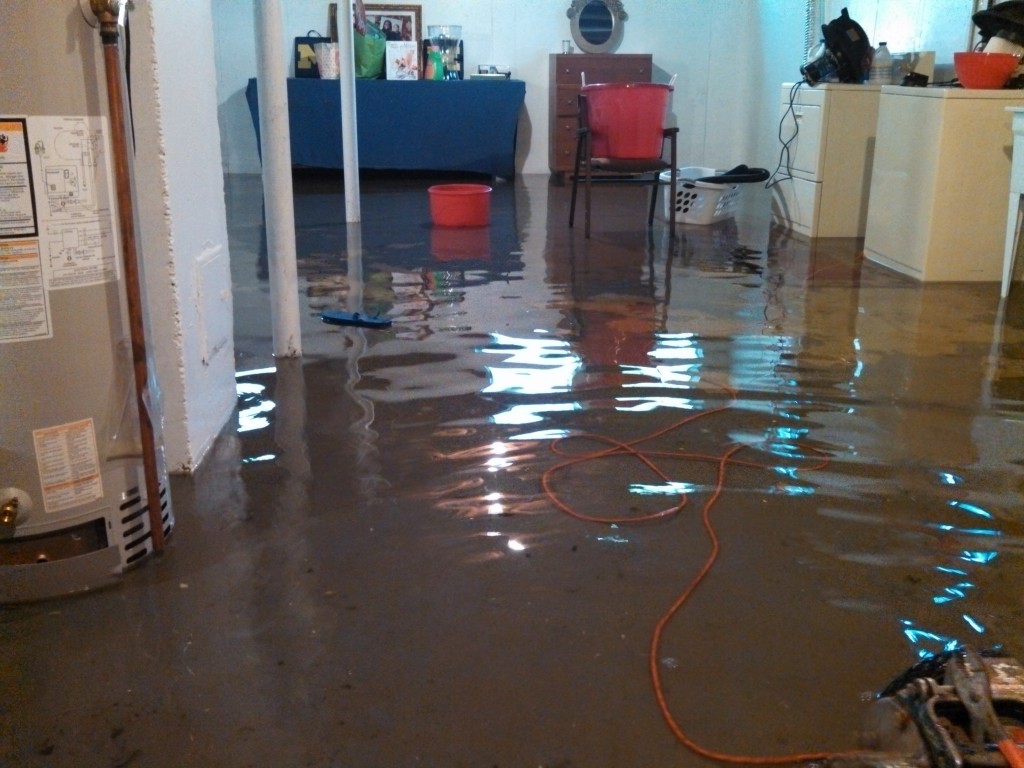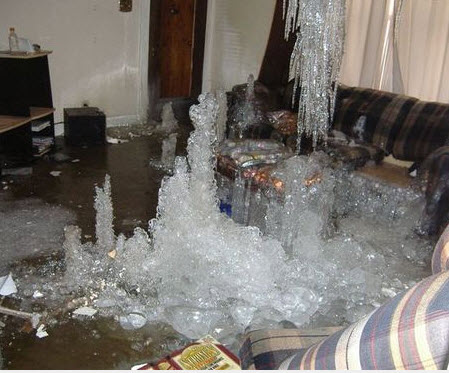
One of the most common traps in insurance is the fine print—the terms and conditions that may seem like mere details but actually carry serious consequences. Many people only skim the policy, overlooking key exclusions and clauses that can render their coverage ineffective in certain situations.
For example, exclusions often hidden in the fine print can eliminate protection for common scenarios like natural disasters, accidents while driving without a valid license, or injuries related to high-risk activities such as extreme sports. An insurer may also include a hidden clause that allows them to reduce payout amounts if certain conditions aren’t met.

If you’re unaware of these exclusions, you might assume you’re covered for specific risks, only to find out later that you’re not. Always read the fine print carefully, or consult a professional before signing any contract.
Underinsurance occurs when your policy’s coverage limits fall short of the actual costs associated with a claim. For example, if you have homeowner’s insurance, but the policy only covers a fraction of the replacement cost of your home or possessions, you might find yourself out of pocket for a substantial amount, if disaster strikes.
Many consumers assume they are adequately covered, but in reality, their coverage may only account for a portion of their needs, leaving them with substantial financial gaps. This often happens when people don’t update their policies after major life changes, such as home renovations or acquiring valuable assets. Always ensure that your policy reflects your current circumstances and the true cost of replacement or repair.

Insurance companies often market policies with low premiums, which can sound very attractive. However, the catch is usually in the details. A lower premium doesn’t always equate to better value. In many cases, the policy comes with limited coverage or high deductibles that leave policyholders with major out-of-pocket costs when they file a claim.
Furthermore, insurers might offer “discounted rates” but fail to disclose that these are temporary or come with strict limitations. Some policies have strict conditions for payouts or only provide partial coverage for specific types of damages (e.g., partial reimbursement for medical bills, limited auto repairs, sump pump failures, etc.).

Be wary of policies that sound too good to be true and take the time to investigate any limitations that could result in higher costs down the road.
Resources:

Roy is a respected authority in the waterproofing industry, with over 40 years of experience under his belt. His company, Perma-Seal, has earned a reputation as Chicagoland’s premier waterproofing contractor, thanks to Roy’s unwavering commitment to quality, integrity, and customer satisfaction.
His latest innovation, the Basement Defender, is a testament to his dedication to providing homeowners with the best possible protection against basement flooding, representing a major leap forward in the industry’s efforts to prevent water damage and save homeowners from costly repairs.